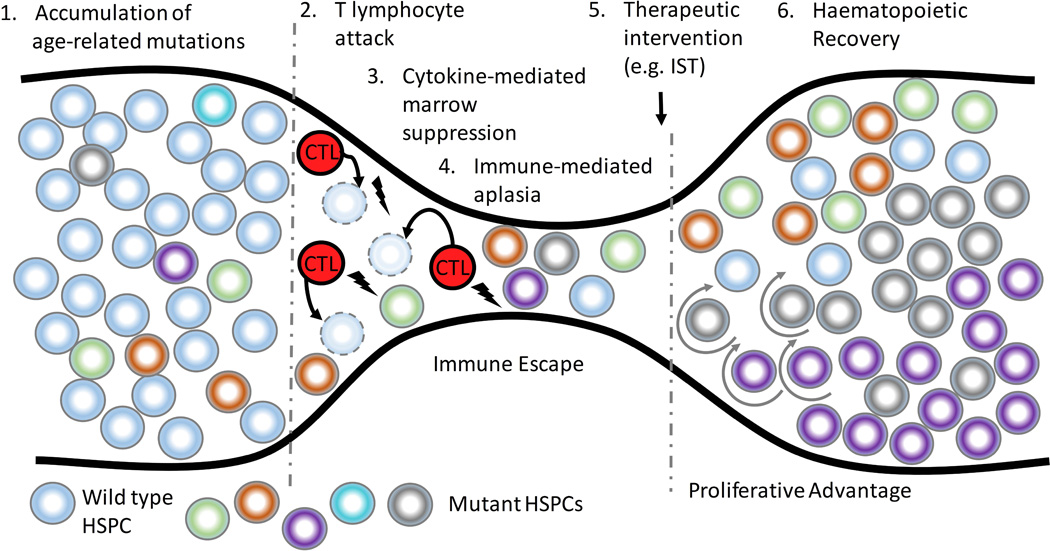Figure 1. Clonal Haematopoiesis in Aplastic anaemia.
In Aplastic anaemia (AA), cytotoxic T lymphocyte (CTL)-mediated attack on the haematopoietic stem and progenitor cells (HSPCs) leads to an evolutionary “bottleneck”. Pre-existing age-related genetic mutations (1), depicted as circles of different colors, serve as a substrate for clonal selection. Cells that are either less immunogenic or more resistant to CTL-mediated apoptosis (2) or cytokine-mediated marrow suppression (3) have a relative growth advantage in the setting of autoimmunity, leading to immune escape of mutant HSPCs. During haematopoietic recovery (6), genetic events that increase HSPC replicative potential (depicted by circular arrows) lead to expansion of mutant clones. IST, immunosuppressive therapy.

